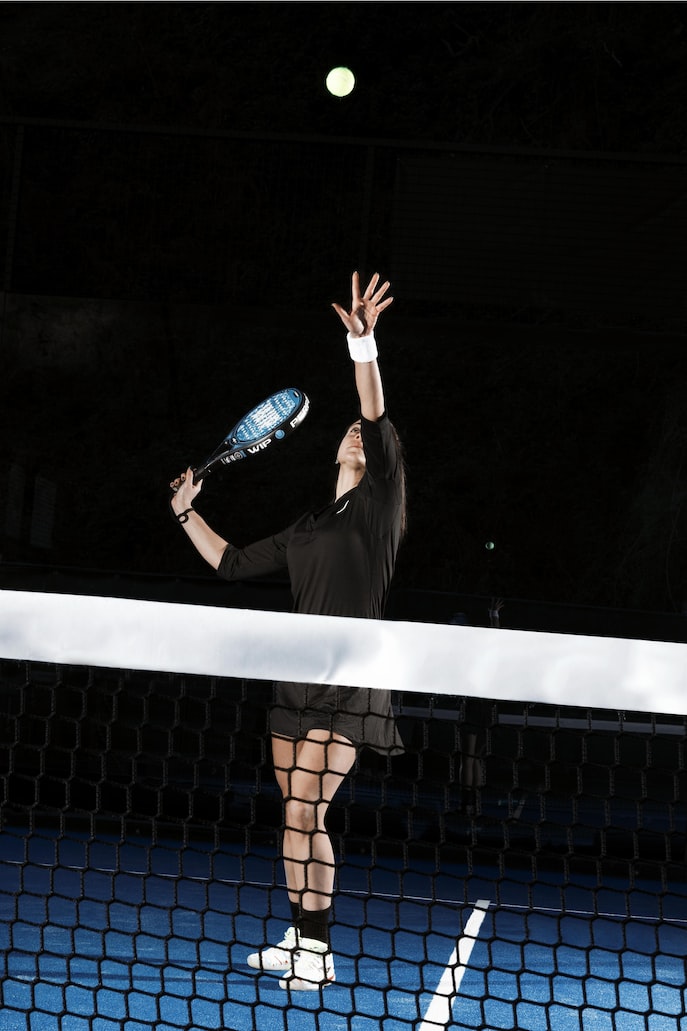Padel Tennis Regulations: A Beginner’s Overview
3 min read
Padel Tennis Regulations: A Beginner’s Overview
Welcome to the fascinating world of padel tennis! Whether you’re a seasoned racket sport player or a complete beginner, this guide will provide you with a comprehensive overview of the basic rules of padel tennis. So grab your paddle and let’s dive into the thrilling world of this fast-paced and addictive sport!
The Court
The padel tennis court, with its distinctively low surrounding walls, resembles a hybrid of tennis and squash. It measures 10 meters wide and 20 meters long, with a net dividing it into two halves. Each side of the net is further divided into service boxes, serving as a target for the server.
The low walls surrounding the court come into play throughout the game, adding an exciting dimension to the sport. You can use the walls to your advantage by bouncing the ball off them strategically, creating unpredictable angles that challenge your opponents!
The Objective
Similar to other racket sports, the primary goal in padel tennis is to outscore your opponents. To do so, you must strategically place shots, exploiting the court’s layout and the geometry of angles. The objective is to hit the ball into your opponents’ side of the court without them being able to return it successfully.
Scoring
Padel tennis follows the same scoring system as traditional tennis. The game is divided into sets, and each set consists of several games. To win a game, you must win four points and have a two-point lead over your opponent. The points are called 15, 30, 40, and game. If the game score reaches 40-40, also known as deuce, one player must win two consecutive points to secure the game.
Furthermore, padel tennis also incorporates the “no-advantage scoring” system, where there are no separate advantages after deuce. Instead, the next point immediately decides the winner of the game.
Serving
The serve is a critical element of padel tennis as it kickstarts each rally. Unlike in tennis, the serve in padel tennis is performed underhand, with the ball being hit below waist level. The server must stand behind the baseline, at the right side of the court, and serve diagonally into the opponent’s service box, just like in squash.
Each player gets two attempts to make a valid serve. If the ball fails to land within the correct service box or touches the net and falls into the correct service box, it will lead to a fault. Faults during the serve result in a loss of the serve or a second-serve opportunity, depending on the previous service attempt.
In-Game Rules
During a rally, each team is allowed a maximum of one bounce before returning the ball over the net. The first bounce can occur on the ground or against the surrounding walls, introducing a unique element of surprise and strategy.
When hitting the ball, remember that it should cross the net and land within the boundaries of the court without touching the walls. Hitting the ball out of bounds or into the net results in a point for the opposing team.
Let’s Play Padel Tennis!
Now that you’ve familiarized yourself with the basic rules of padel tennis, it’s time to grab a friend, find a court, and start playing! Remember, practice makes perfect, and the more you play, the better you’ll become.
So have fun, experiment with different shots, and don’t forget to enjoy the unique blend of strategy, agility, and teamwork that padel tennis offers. Welcome to the addictive world of this captivating sport! Get ready to become a padel tennis pro!






